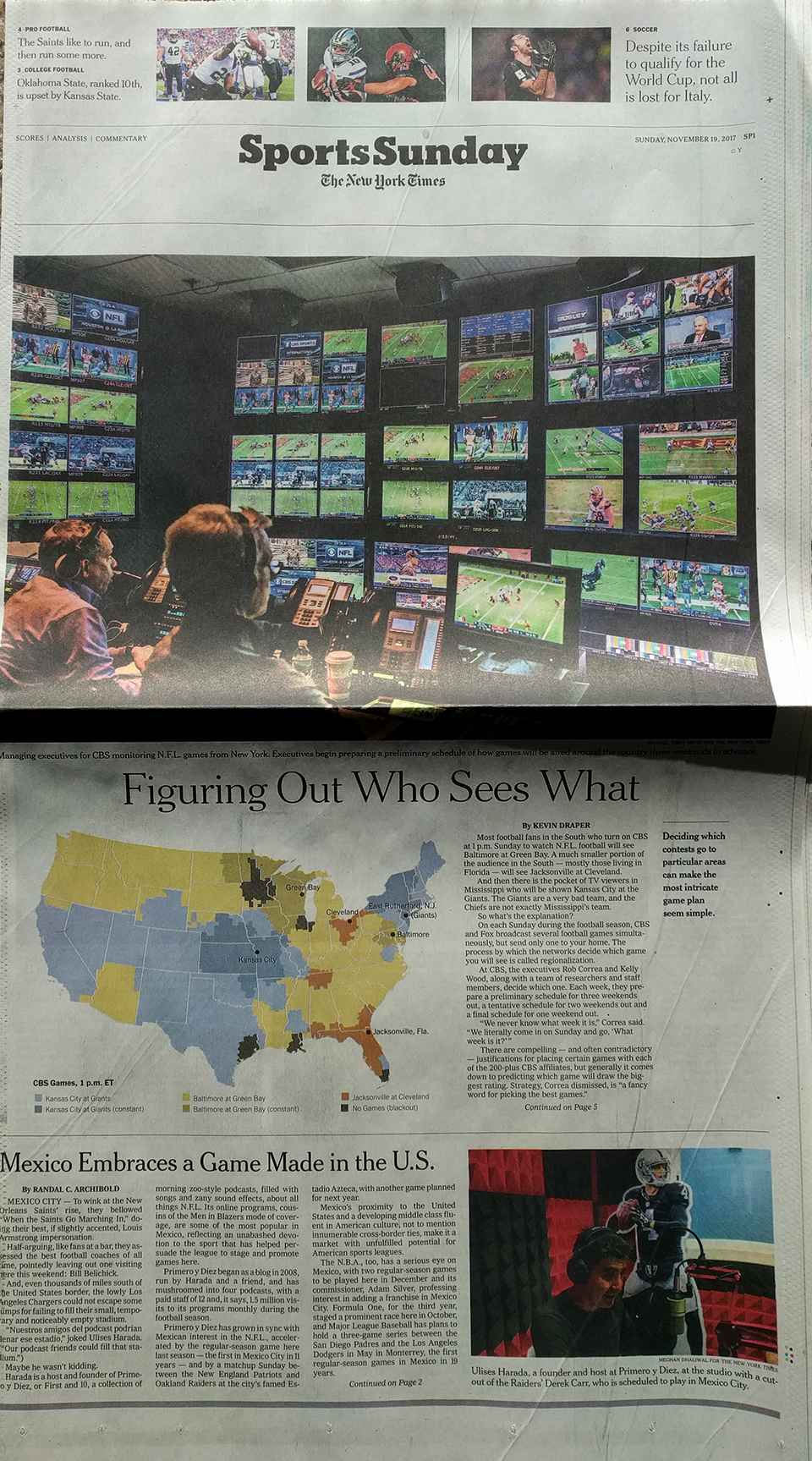One of the things in the pop culture these days is an HBO show called Mare of Easttown. For those that haven’t heard of it, probably my more international audience, it’s a crime drama set in the near suburbs of Philadelphia, a placed called Delaware County that locals simply call Delco.
Last Saturday, the show got its limelight on Saturday Night Live, which spoofed the show in a trailer for a fictional show called Murdur Durdur, from the producers of Mare of Easttown as well as those of It’s Always Sunny in Philadelphia.
The SNL skit included a crime map of which I took a screenshot.

This caught my attention because one of the characters mentioned Downingtown, which is where your author grew up until he was 16. SNL‘s map really just served as a vehicle to showcase Googling all the town names—and the Philadelphia region has a wealth of them—because the map is all over the place, pun intended.
Conshohocken is actually a real place in neighbouring Montgomery County, on the Schuylkill River (real place). Royersford is also real and also in Montgomery County. Hockessin is also real, but is in Delaware, the state, not Delaware County, which is in Pennsylvania. (Both border the Delaware River.)
The map also makes reference to Lionville, a real place near Downingtown. Your humble author worked in a restaurant in Lionville, located in Uwchlan Township. (They don’t mention that, but I can see people enjoying that name as well.)
The keen observers will also note the placement of a label for Altor, which is only about 2.5 miles from my aforementioned childhood home. Clearly some SNL writer is from or is incredibly familiar with the western suburbs of Philadelphia.
As for the map itself? Well, it’s fictional. One, there is no Jagoff Bridge. Two, it’s actually a map of Bethlehem, to the north in the Lehigh Valley. Route 30 is a real place and does run through Downingtown and Chester County. But nowhere does it cross any town or city like the one the map depicts. Instead that road is Route 378 crossing the Lehigh River. (Fun fact, Route 30 runs west and eventually through Indiana and Illinois, south of Chicago.)
In fact the funny thing is, the map spoofing the show set in Delaware County does not contain a single place in the real Delaware County. Easttown is, for fans of the show, not actually located in Delaware County. Instead, it’s in Chester County. And your author, not surprisingly perhaps, has connections there because it’s where you can find Devon and Berwyn. (My Chicago readers may recognise those names, as several streets were named for Main Line towns.) And where I attended middle- and high-school is across the street from Easttown Township. The real one.
Now I want to actually watch the show. The real one. Not the SNL one. But first I’ll need to grab a Yuengling and a Wawa hoagie.
Credit for the piece goes to probably the writers and props department of Saturday Night Live.






